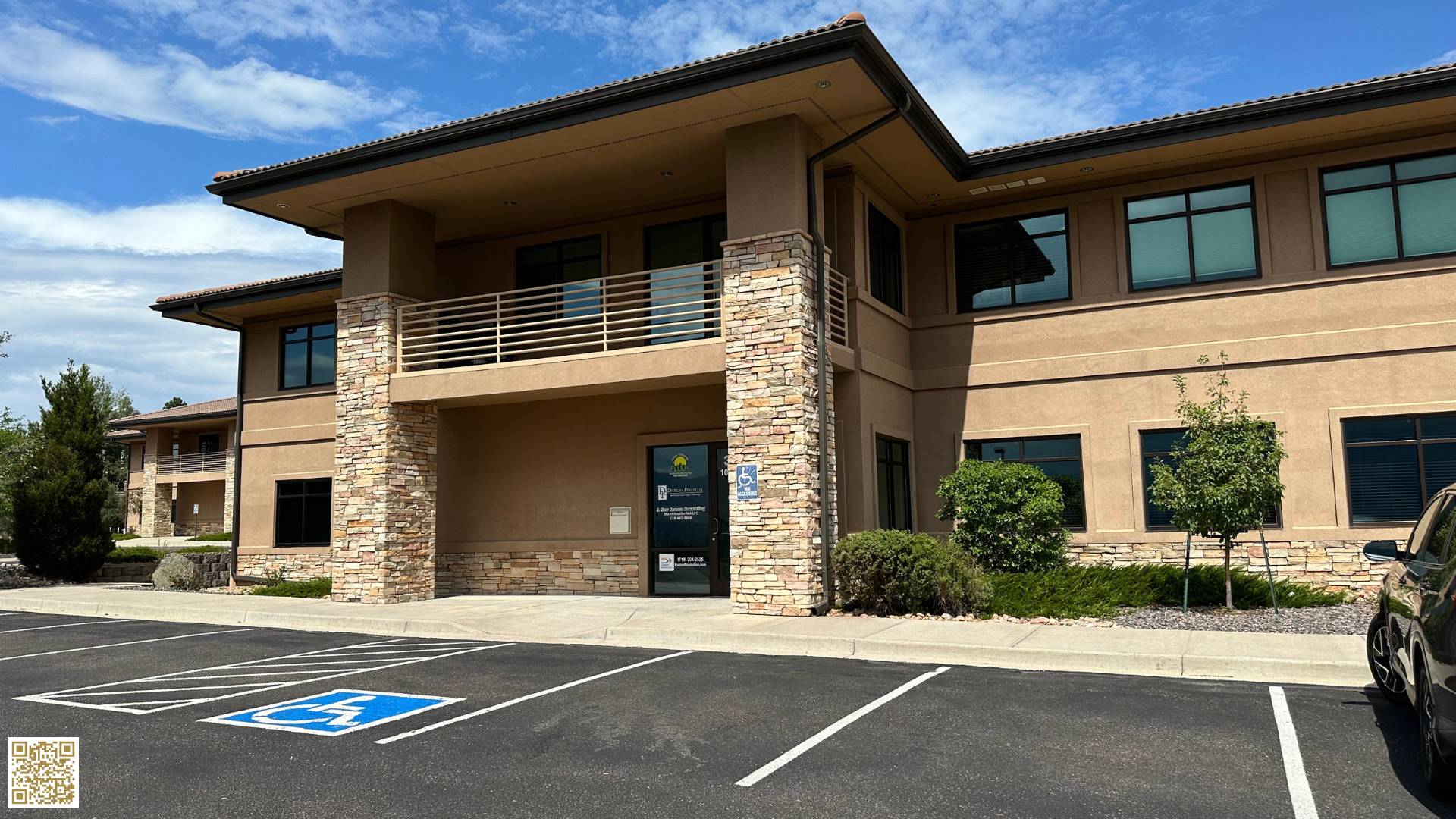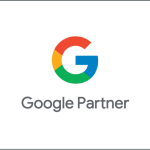Integrating SEO solutions into your marketing strategy boosts search visibility and drives organic traffic. Start with comprehensive keyword research using tools like Google Keyword Planner, targeting long-tail keywords for specificity. Optimize on-page elements by placing keywords in titles, headings, and meta tags, and structuring content with H1, H2, and H3 tags. Focus on technical SEO by managing crawl budget, creating clean XML sitemaps, and ensuring mobile optimization. Develop a data-driven content calendar and create high-quality, engaging content. Incorporate link-building tactics for authority and track success with robust SEO analytics tools. Dive deeper to discover advanced strategies for maximizing SEO effectiveness.
Understanding SEO Basics
To effectively leverage SEO in your marketing strategy, you must first grasp the fundamental principles of how search engines rank websites. Understanding search engine algorithms is crucial. These algorithms use numerous factors—like site speed, mobile-friendliness, and backlink quality—to determine your site's ranking. By knowing these elements, you'll gain insights into how to optimize your content effectively.
Don't fall for common SEO myths. For instance, keyword stuffing used to be a viable tactic, but modern algorithms can penalize your site for it. Similarly, some believe that meta tags alone can boost rankings, but they're just one piece of the puzzle. Instead, focus on creating high-quality, relevant content that engages your audience.
Data-driven decisions are key. Use analytics tools to monitor your site's performance and adjust your strategies accordingly. Pay attention to metrics like bounce rate and average session duration to understand user behavior. This data will help you identify areas for improvement.
Keyword Research Techniques
Mastering keyword research techniques is pivotal for optimizing your content and ensuring it aligns with both user intent and search engine algorithms.
Start by focusing on long tail keywords, as these phrases are more specific and often less competitive, making it easier for your content to rank higher. Use tools like Google Keyword Planner or Ahrefs to identify these valuable keywords.
Conducting a thorough competitor analysis is essential. Examine the keywords your competitors are ranking for and identify gaps or opportunities they may have missed.
Utilize tools such as SEMrush or Moz to analyze their keyword strategy and performance metrics. This data-driven approach will help you refine your own strategy.
Incorporate keyword variations to capture a broader audience. Look at search volume and keyword difficulty to prioritize which keywords to target first.
On-Page Optimization
In on-page optimization, you must strategically place keywords to boost search visibility and engagement.
Don't underestimate the importance of meta tags; they drive click-through rates and improve rankings.
Additionally, optimizing your content structure enhances user experience and ensures better indexing by search engines.
Keyword Placement Strategies
Effective keyword placement in your on-page optimization strategy directly impacts your site's search engine ranking and overall visibility. By strategically positioning keywords, you can enhance user experience and meet search engine algorithms' requirements.
Start by conducting a thorough competitive analysis to identify high-performing keywords in your niche. This will give you a baseline to target both primary and long-tail keywords, ensuring you capture broad and specific search intents.
Implement these keyword placement strategies:
- Title Tags: Include your primary keyword at the beginning of your title tag to maximize SEO impact.
- Headings and Subheadings: Use keywords in H1, H2, and H3 tags to structure your content and signal relevance to search engines.
- Content Body: Distribute keywords naturally throughout your content, maintaining a keyword density of 1-2% to avoid keyword stuffing.
Data-driven keyword placement not only boosts your search engine ranking but also helps your content resonate with your target audience.
Meta Tags Importance
Meta tags play a crucial role in on-page optimization, directly influencing how search engines interpret and rank your site's content. By effectively using various meta tag types, such as title tags, meta descriptions, and meta keywords, you can signal to search engines what your page is about and improve its visibility in search results.
Title tags, for instance, should be concise, typically under 60 characters, and include primary keywords. Meta descriptions, while not directly influencing rankings, can enhance click-through rates when they're compelling and informative.
Incorporating meta tag best practices is essential for maximizing your SEO efforts. Ensure your title tags are unique for each page and accurately reflect the content. Use meta descriptions to provide a clear and engaging summary of the page's content, ideally incorporating relevant keywords.
While meta keywords have lost significance over time, including them can still provide marginal benefits.
Content Structure Optimization
Consistently optimizing your content structure is crucial for enhancing on-page SEO and ensuring your site ranks higher in search engine results. By focusing on content hierarchy and user intent, you can create a more effective and engaging experience for your audience.
Structuring your content properly not only makes it easier for search engines to index your pages but also aligns with how users interact with your site.
To get started, consider these key elements:
- Headings and Subheadings: Use H1, H2, and H3 tags to establish a clear content hierarchy. This helps search engines understand the importance of each section and improves readability for users.
- Internal Linking: Create a network of internal links to guide users through related content. This enhances user intent by providing additional resources and boosts your site's crawlability.
- Keyword Placement: Strategically place your primary and secondary keywords within the first 100 words, headings, and throughout the content. This ensures your pages are relevant to user queries.
Technical SEO Essentials
Mastering Technical SEO Essentials is crucial for optimizing your website's performance and ensuring search engines can efficiently crawl and index your content.
Start by managing your crawl budget effectively. Crawlers have a limited budget to spend on your site, so prioritize high-value pages. Ensure your XML sitemap is clean and concise, and use robots.txt to guide crawlers away from low-priority pages.
Next, focus on mobile optimization. With mobile devices accounting for over 50% of web traffic, a mobile-friendly website isn't just a luxury—it's a necessity. Implement responsive design and test across various devices to ensure a seamless experience. Google's Mobile-First Indexing means your mobile site is the primary version crawlers will evaluate, so it should be top-notch.
Page speed is another critical factor. Pages that load slowly negatively impact user experience and increase bounce rates. Use tools like Google PageSpeed Insights to identify bottlenecks and optimize images, leverage browser caching, and minimize JavaScript.
Content Strategy Integration
Integrating a robust content strategy into your SEO plan starts with precise keyword research to target high-impact search terms.
You should use data-driven insights to create a content calendar that aligns with user intent and market trends.
Keyword Research Importance
Effective keyword research is crucial for integrating a robust content strategy that drives organic traffic and enhances search engine rankings. By understanding keyword intent and leveraging long-tail benefits, you can create content that precisely meets your audience's needs and search behaviors.
When you focus on keyword research, you:
- Identify high-traffic keywords: Discover terms that your audience frequently searches for to maximize visibility.
- Uncover long-tail keywords: These less competitive, niche-specific phrases can attract highly targeted traffic, improving conversion rates.
- Analyze keyword intent: Determine whether users are looking for information, ready to make a purchase, or seeking specific services, allowing you to tailor your content accordingly.
Using data-driven techniques, you can identify which keywords will yield the best results for your SEO goals. This approach ensures that your content aligns with the search queries your audience uses, fostering a sense of belonging and trust.
Content Calendar Planning
By leveraging your keyword research, you can now create a data-driven content calendar that aligns perfectly with your audience's search behaviors and seasonal trends. Start by identifying peak times for your industry, as understanding these seasonal trends will help you prioritize topics that resonate most with your audience during specific periods.
Next, structure your content calendar to maintain consistent content frequency. Regularly publishing SEO-optimized content ensures your website remains relevant and visible in search engine results. A robust content frequency plan helps build anticipation and trust within your audience, fostering a sense of belonging and community.
Integrate your keyword insights into the calendar by mapping out content themes around high-priority keywords. This strategic approach not only boosts organic traffic but also enhances user engagement by delivering timely and relevant information. Ensure your calendar includes a mix of content types—blogs, videos, infographics—each tailored to different stages of the buyer's journey.
Optimized Content Creation
Crafting optimized content involves strategically using targeted keywords to enhance visibility and engage your audience effectively.
Start by conducting thorough keyword research to identify terms your audience frequently searches for. Integrate these keywords naturally into your content to improve search engine rankings and drive organic traffic.
To ensure your content resonates, employ robust audience engagement techniques such as creating compelling headlines, using visual elements, and encouraging interaction through comments and shares.
Additionally, leverage content repurposing strategies to maximize your efforts and reach a broader audience. This means adapting a single piece of content into various formats like blog posts, videos, infographics, and social media updates.
Consider these key tactics for optimized content creation:
- Keyword Density: Maintain an optimal keyword density of 1-2% to avoid keyword stuffing while still signaling relevance to search engines.
- Content-Length: Produce long-form content (1,500+ words) as it tends to rank higher and provide more value to your audience.
- Internal Linking: Link to other relevant content on your site to improve SEO and keep users engaged.
Link Building Tactics
Implementing strategic link building tactics is crucial for enhancing your website's authority and search engine ranking.
Start with guest blogging on reputable industry websites. By contributing high-quality, relevant content to these sites, you can gain valuable backlinks, drive organic traffic, and build relationships within your niche. Data shows that websites with a robust backlink profile can see up to a 20% increase in search engine visibility.
Another effective tactic is broken linkbuilding. This involves identifying broken links on high-authority websites and reaching out to the site owners with a proposal to replace the broken link with a link to your relevant content. This not only helps the site owner fix a problem but also earns you a valuable backlink.
Research indicates that broken linkbuilding can yield a 10% success rate in acquiring backlinks, which is significant in competitive markets.
Measuring SEO Success
To measure SEO success, you need to track key performance indicators (KPIs) like organic traffic, conversion rates, and search engine ranking positions. By focusing on these performance metrics, you'll gain valuable insights into how well your SEO efforts are paying off. Using robust SEO analytics tools is essential for this process.
Here's a breakdown of the key metrics you should monitor:
- Organic Traffic: Evaluate the number of visitors landing on your site through search engines. An increase here indicates improved visibility.
- Conversion Rates: Measure how many of those visitors complete a desired action, such as making a purchase or filling out a form. Higher rates mean your site is effectively turning traffic into business.
- Search Engine Ranking Positions: Track where your keywords stand on search engine results pages (SERPs). Better rankings generally equate to higher visibility and credibility.
Conclusion
By integrating SEO solutions into your marketing strategy, you'll enhance visibility, drive organic traffic, and improve ROI.
Master keyword research, on-page optimization, technical SEO, and link building to see measurable improvements.
Continuously monitor performance metrics to refine your approach and stay competitive.
With a data-driven mindset and a focus on strategic content, SEO can become a powerhouse in your digital marketing toolkit, delivering sustainable growth and long-term success.














